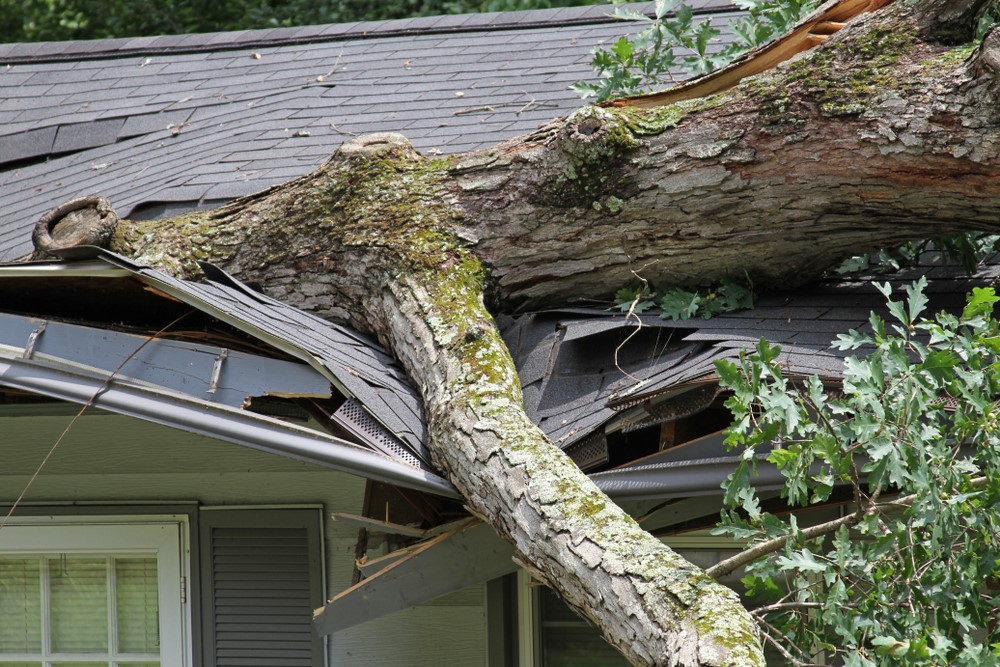Storm Damage Restoration in Pittsburgh PA is the process of repairing and restoring properties that have been damaged by severe weather events such as hurricanes, tornadoes, thunderstorms, floods, hailstorms, or heavy snowfall. These events can cause a wide range of damage to homes, businesses, and infrastructure, including structural damage, water damage, and damage to landscaping. Storm damage restoration involves several key steps:
1. Safety First:
- Before any restoration work begins, it’s crucial to ensure the safety of occupants and workers. This includes addressing immediate hazards such as downed power lines, gas leaks, and unstable structures.
2. Damage Assessment:
- Professional inspectors and contractors assess the extent of the damage. They identify structural damage, water infiltration, damage to electrical systems, roofing issues, and other concerns.
3. Temporary Repairs:
- Temporary repairs may be necessary to prevent further damage. This can include boarding up windows, tarping roofs, or stabilizing structures.
4. Water Extraction and Drying:
- If the storm caused flooding or water damage, water extraction and drying are essential to prevent mold growth and further structural damage. Industrial-grade equipment such as pumps, dehumidifiers, and fans may be used.
5. Structural Repairs:
- Damaged structural elements, such as walls, roofs, foundations, and siding, are repaired or replaced. This may require the expertise of builders, contractors, and construction crews.
6. Electrical and Plumbing Repairs:
- Electrical systems and plumbing may be compromised during storms. Qualified electricians and plumbers address these issues to ensure safety and functionality.
7. Roofing and Siding Replacement:
- Storms often damage roofs and siding. These may need to be repaired or replaced to prevent further water intrusion.
8. Window and Door Replacement:
- Broken or damaged windows and doors are replaced for security and insulation purposes.
9. Mold Remediation:
- If water damage has led to mold growth, mold remediation experts can safely remove mold and prevent its return.
10. Landscaping and Tree Removal: – Landscaping and trees that were damaged or uprooted during the storm may need to be cleared, and new landscaping installed.
11. Documenting Damage: – It’s important to document the damage thoroughly for insurance claims and legal purposes. Photographs, videos, and detailed reports are commonly used for this purpose.
12. Insurance Claims: – Property owners may need to file insurance claims to cover the cost of storm damage restoration. Insurance adjusters assess the damage and determine coverage.
13. Preventative Measures: – In some cases, property owners may choose to implement storm-resistant building upgrades or landscaping changes to reduce the risk of future storm damage.
14. Final Inspections: – After restoration work is complete, final inspections are conducted to ensure that all repairs meet safety and building code standards.
Storm damage restoration is often a complex and lengthy process that requires coordination among various professionals, including contractors, builders, electricians, plumbers, and mold remediation experts. Choosing reputable and experienced restoration professionals is crucial to ensure that the property is safely and effectively restored to its pre-storm condition.
